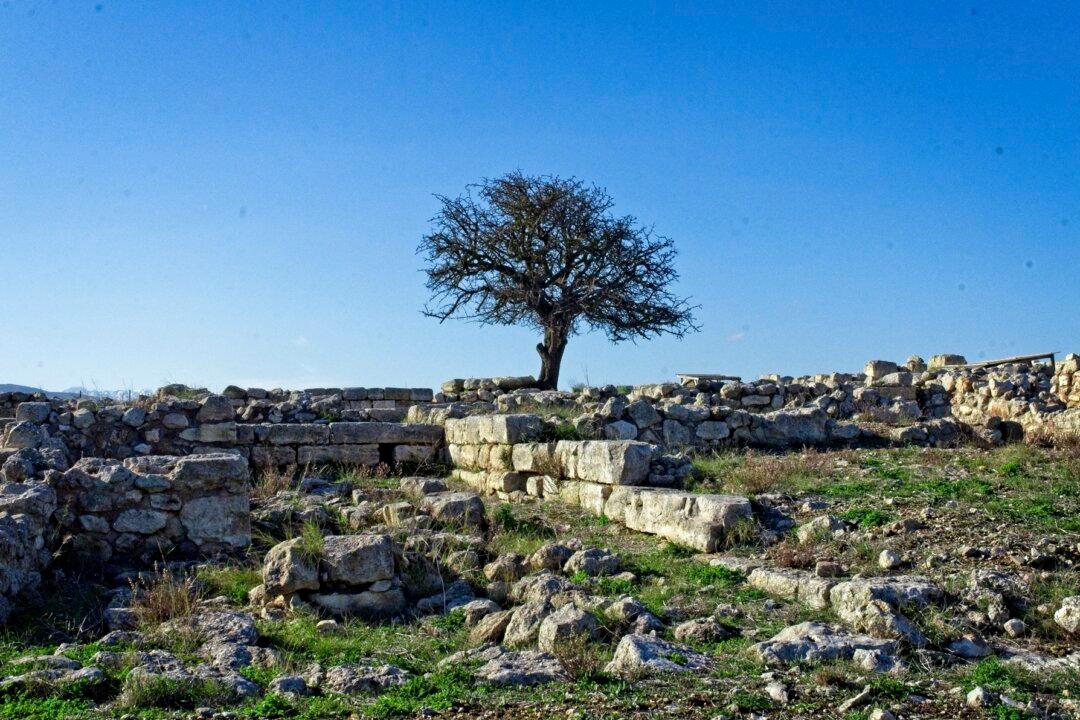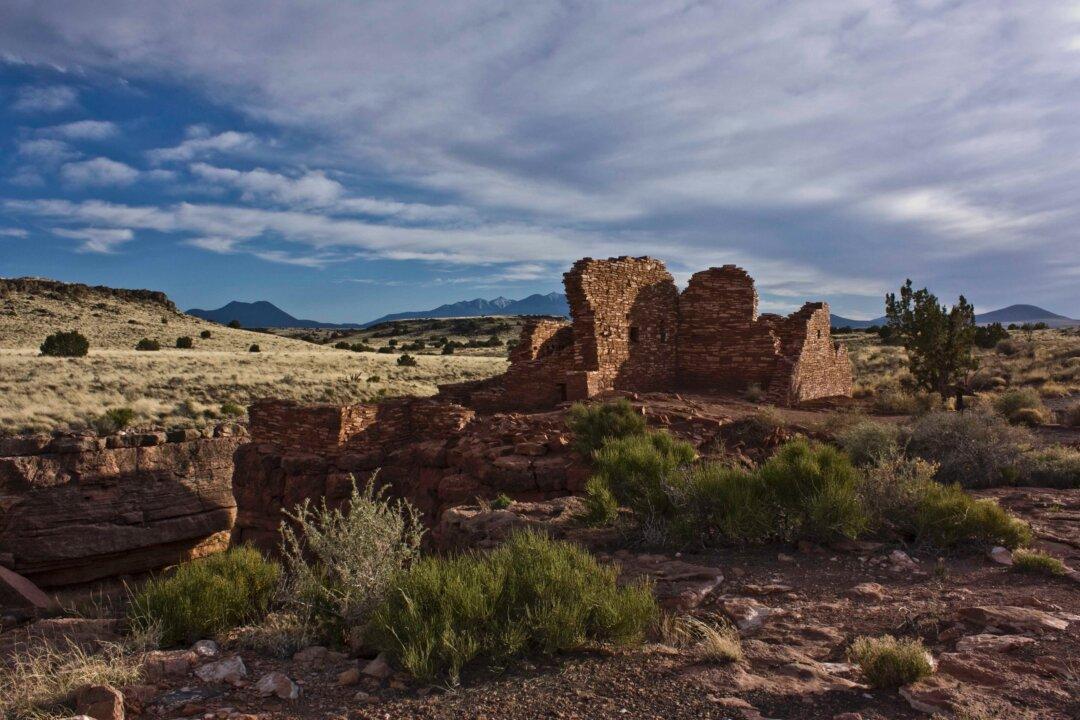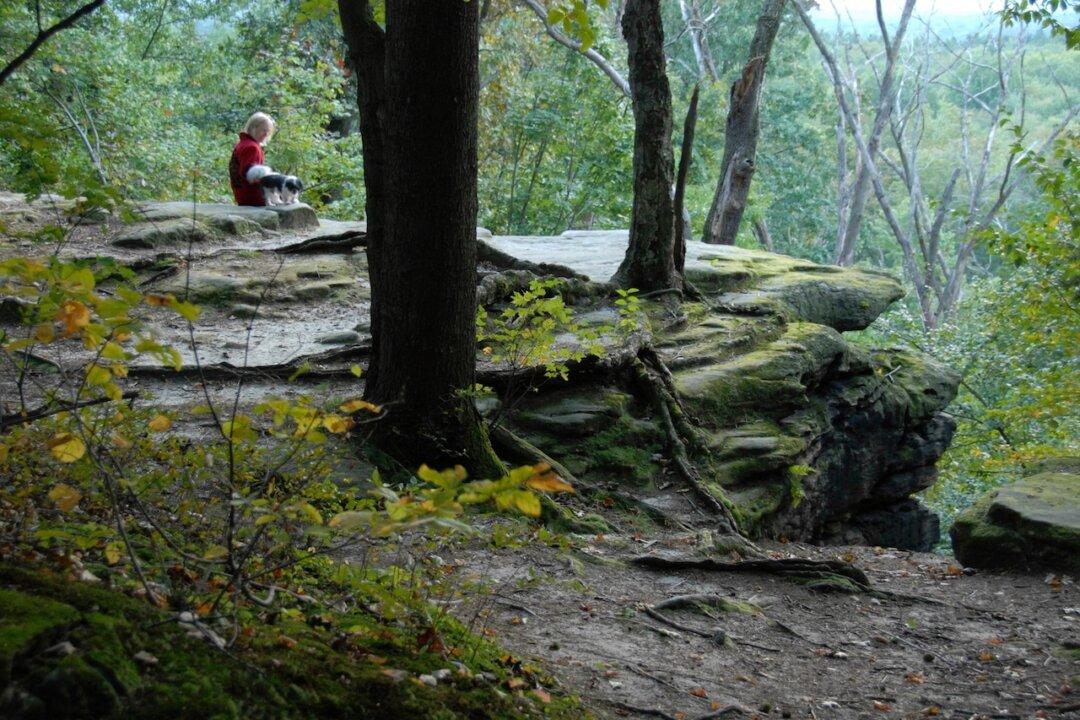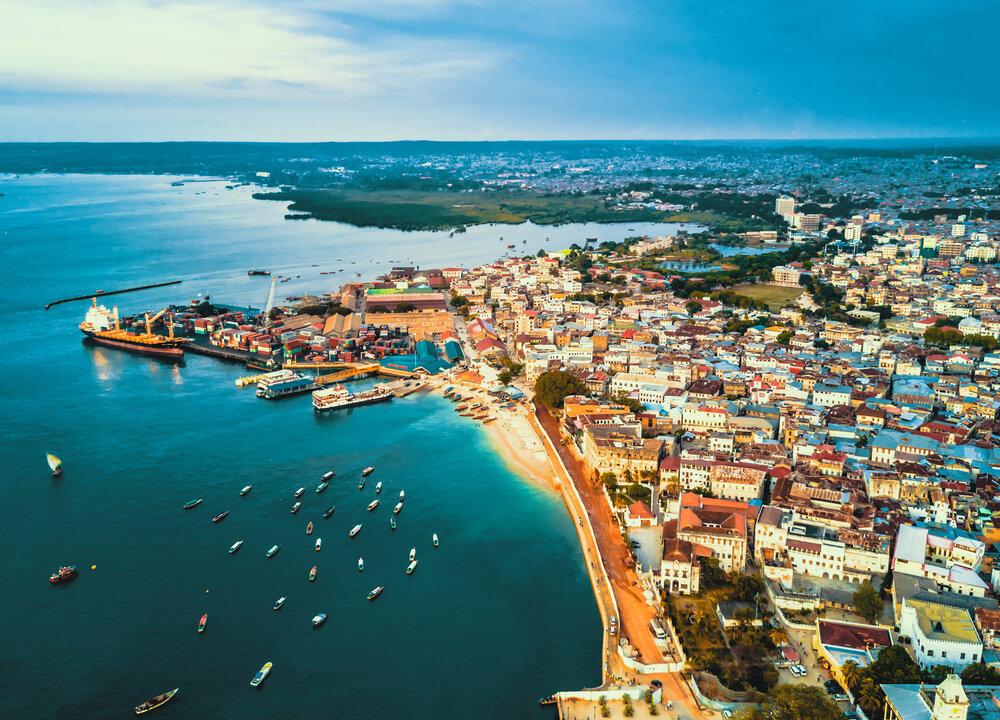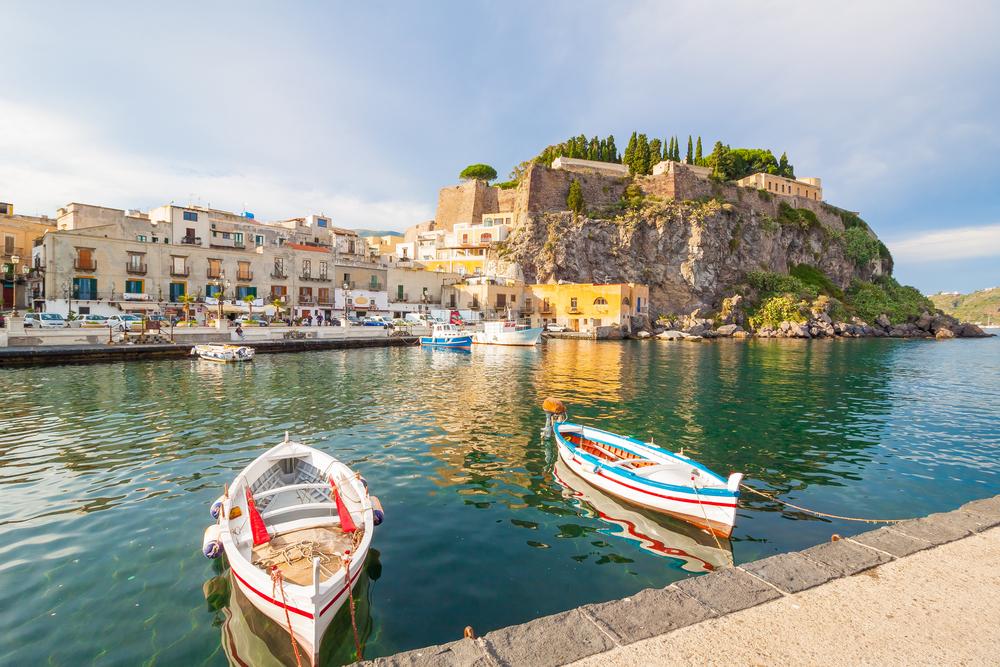GALATAS, Greece—I glanced sideways at Markos, watching the golden glow of the flames reflected in the shimmering of his teary eyes. As we both sat staring blankly into the stone hearth of his taverna, for all I knew he might have been daydreaming about a past life, or reshaping a childhood memory. My mind was wandering as well, back to the dawn of human history and the ancient Minoan festival of Amaja, once celebrated in these hills.
Here on Crete, daily life is a kind of ethereal journey through time. Chance meetings often reveal human beings that seem too perfect for this world.

